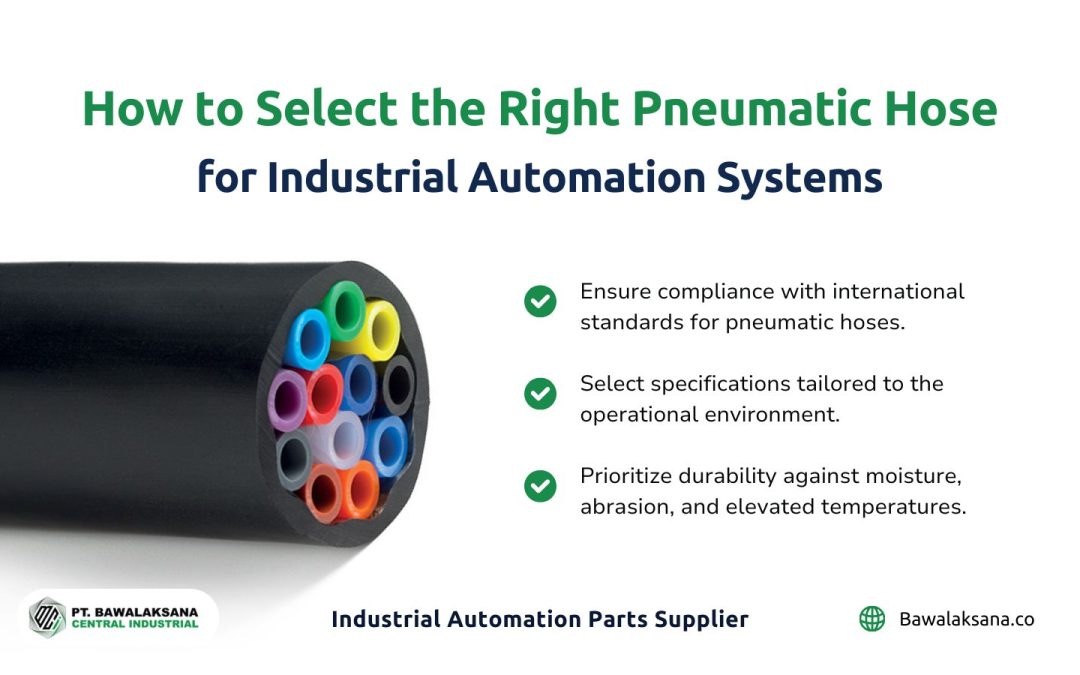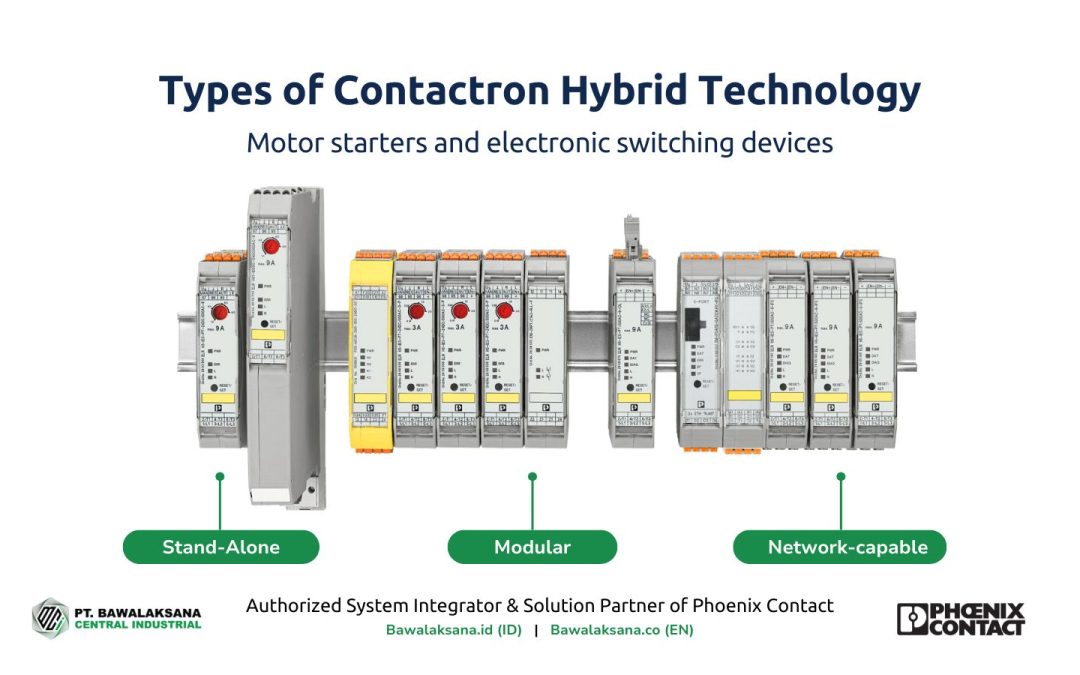Consumer interest in unique products continues to rise, although preferences can shift over time. In this environment, manufacturers must strike a balance between achieving economies of scale and maintaining competitive pricing while ensuring production efficiency and profitability.
The good news is that rapid technological advancements in manufacturing enable us to meet these challenges. As market demands become increasingly varied, manufacturers demonstrate adaptability, ensuring they meet their customers’ diverse interests and requirements.
Consequently, each manufacturing company must develop its production methods and techniques, creating a unique value proposition that distinguishes it from the competition.
Today, we are witnessing a diverse range of manufacturing types, each with distinct strengths that enable them to respond effectively to customer demands through their production processes.
In this article, the team at Bawalaksana Central Industrial will provide a detailed overview of the various types of manufacturing companies and the methods they employ to produce consumer and capital goods. This will give you a comprehensive understanding of the industry.
What Are the Types of Manufacturing Companies?
Manufacturing companies can be divided into several categories based on their production methods. These categories include Discrete Manufacturing, Process Manufacturing, Mixed-Mode Manufacturing, Job Shop Manufacturing, and Repetitive Manufacturing.
Each type employs distinct production techniques and operates at varying scales, enabling them to produce goods that cater to specific customer demands.
Here’s a closer look at each type of manufacturing company:
Discrete Manufacturing
Discrete Manufacturing involves companies that create goods characterized by varying complexity and volume, responding to customer preferences and market demands. A defining feature of Discrete Manufacturing is that the items produced are individual, countable products or distinct components.
Some examples of products from Discrete Manufacturing include:
- Cars
- Airplanes
- Smartphones
- Home Appliances
- Defense Systems
- Toys
Technology Companies in Discrete Manufacturing
One prominent example of Discrete Manufacturing is ASUS Computer. This technology company is recognized for producing a range of products, including branded PCs, all-in-one computers, and laptops designed for consumers.
When it comes to releasing PCs or laptops, ASUS strategically adjusts its volume based on existing consumer interest data. It also often launches new products through a magazine for pre-order, which enables it to implement a Make-To-Order (MTO) strategy. This approach not only boosts production efficiency but also helps minimize excess inventory.
In addition to complete systems, ASUS manufactures computer components and system assemblies that can be sold either to other manufacturers or directly to consumers. It’s important to understand that the final products of Discrete Manufacturing can consist of one or multiple inputs.
For example, creating a smartphone or laptop requires various components, such as processors, VGAs, LED displays, sockets, metal plates, cables, and others, all made from different materials and sourced from various suppliers.
Discrete Manufacturing can produce either low-volume, high-complexity units or high-volume, low-complexity ones. Recently, driven by artificial intelligence, ASUS has innovated low-volume products with its AIoT solutions for Smart Factories. The introduction of the 3D Digital Twin system is anticipated to revolutionize the manufacturing landscape.
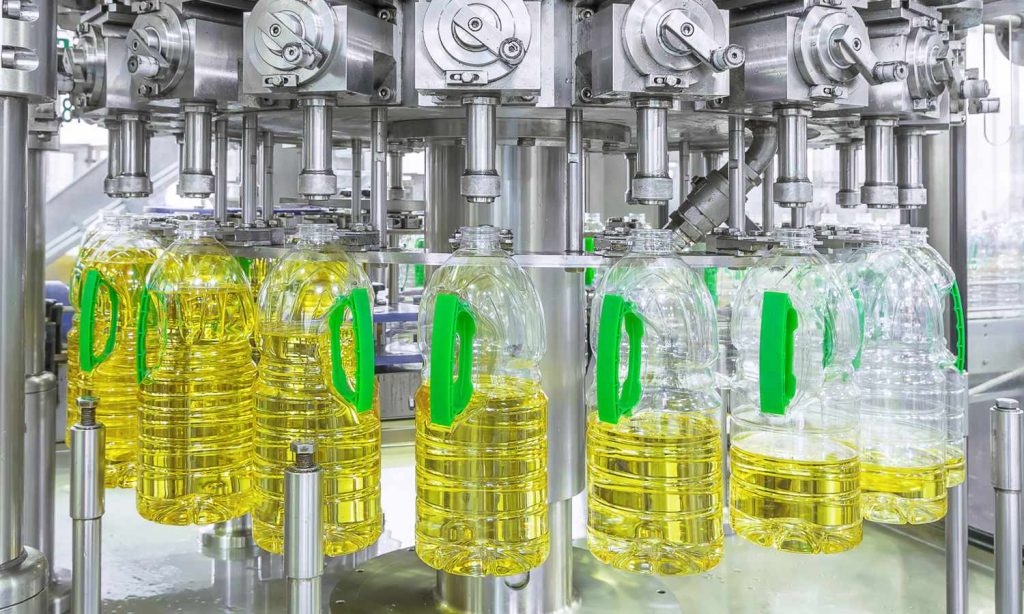
Process Manufacturing
Process manufacturing refers to companies that produce goods by combining raw materials and ingredients according to a specific, predefined formula. This method is commonly employed in industries that generate large volumes of products through a series of sequential processes or batch production. Often referred to as the “Process Industry,” it encompasses businesses that transform bulk resources into finished items in different forms.
Some examples of products produced through process manufacturing include:
- Food and beverages
- Refined oils
- Personal care and cosmetics
- Pharmaceutical drugs
- Plastics and metals
- Biotechnology
- Chemicals
- Gasoline
Comparing Discrete Manufacturing and Process Manufacturing
Although Discrete Manufacturing and Process Manufacturing may share some similarities, they are fundamentally different in several important ways, as outlined in the table below:
| Discrete Manufacturing | Process Manufacturing |
| Products are assembled from various components and are then assembled into individual units. | Products are created by mixing raw materials into consumer goods. |
| Involves a Bill of Materials (various parts and components). | Involves a combination of raw ingredients and specific formulas, or recipes. |
| Involves assembling parts and components. | Involves a sequential (batch) process leading to final packaging. |
| Products are made of countable individual items. | Products are made from measurable volumes of raw material. |
| Products can be disassembled or taken apart. | Products cannot be separated for other uses or recycled into original materials. |
| Industry examples: electronics, automotive, toys. | Industry examples: food, beverages, pharmaceuticals, biotechnology. |
The intersection of these two branches of manufacturing can be seen in actual factory production processes, as shown below:
- A bottled isotonic drink represents the finished product, while the isotonic liquid inside the bottle results from Process Manufacturing.
- Plastic materials are shaped into bottles using a molding machine through Process Manufacturing, while the molding equipment, comprising various components and automation systems, is manufactured through Discrete Manufacturing.
- The production of pneumatic hoses at Mebra Plastik Italia exemplifies Process Manufacturing, while the technology and components used to create these hoses are sourced from Discrete Manufacturing.
In summary, Discrete Manufacturing is characterized by tangible bills of materials that list items or components assembled on a production line to create finished products.
Examples of such products include computers and smartphones.
On the other hand, Process Manufacturing is centered around raw materials measured by volume or weight. These materials undergo specific formulations through various processing stages, evolving into finished products.
Typical examples in this category are isotonic beverages, food items, and pharmaceutical drugs.
Mixed Mode Manufacturing
According to an article by Jakob Björklund, a Master of Science in Industrial Engineering and Management from Linköping University, Mixed-Mode Manufacturing involves companies that integrate two distinct production methods, Make-To-Stock (MTS) and Make-To-Order (MTO), into their manufacturing processes.
The primary advantage of Mixed Mode Manufacturing is its ability to balance efficiency and flexibility throughout the production flow. This approach allows firms to implement various supply models tailored to different types of products.
Moreover, it enables manufacturers to respond quickly to customer demands, offering competitive prices while providing advanced product customization based on market trends. The following section will give a more detailed exploration of MTS and MTO.
Correlation Between Mixed Mode Manufacturing and Customer Satisfaction
Drawing on Jakob’s experience implementing Mixed Mode Manufacturing at a paint company, this approach can significantly reduce lead times during increased market demand.
By preparing a sufficient quantity of base colors as raw materials in advance (Make-to-Stock), the company can quickly respond to spikes in customer demand.
Then, the company can transform these base colors into finished paint products as needed, a process known as Make-To-Order.
This strategy allows the company to meet market demand promptly, ensuring timely delivery to customers. Combining MTS and MTO in Mixed Mode Manufacturing enhances customer satisfaction, streamlines the sales cycle, and improves sustainability.
It’s essential to note that producing paint involves complex processing steps for base colors, which can take anywhere from seven to thirty days. This timeline doesn’t account for potential delays due to supply chain disruptions.
The manufacturer can develop a small selection of base colors into numerous glossy shades packaged individually. However, not all shades enjoy strong sales. By adopting Mixed-Mode Manufacturing, companies can better align with market preferences while maintaining competitive pricing and reducing excess inventory in storage.
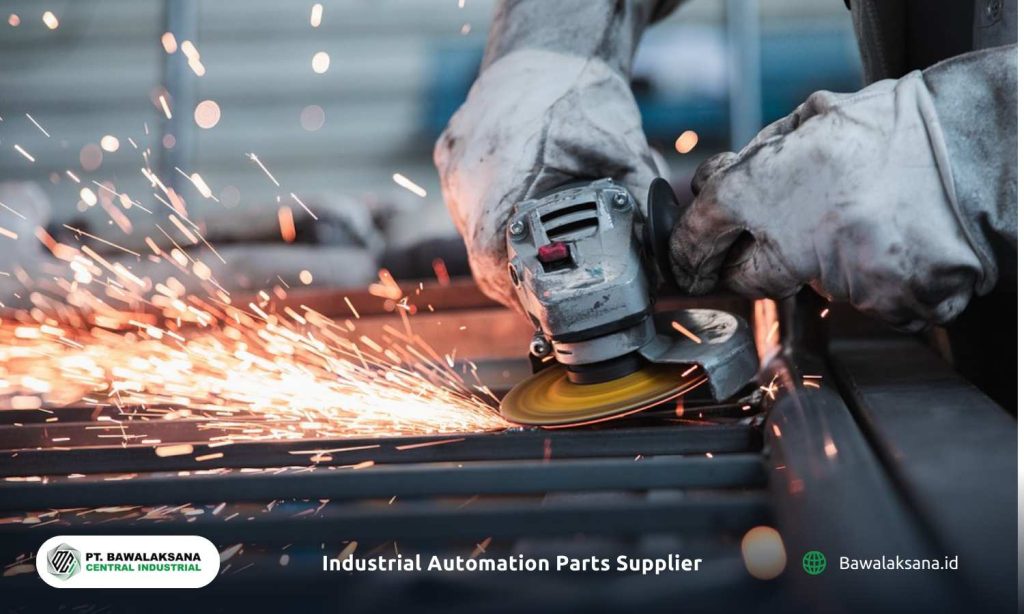
Job Shop Manufacturing
Job Shop Manufacturing refers to a type of business that creates custom, unique products tailored for individual customers, as reported by Market Business News. These companies specialize in producing a limited number of parts designed specifically for custom orders.
According to Inc. Magazine, Job Shop Manufacturing involves crafting highly personalized products in small quantities. The workflow in this setting typically requires unique setups and processing steps, often following a non-linear format.
Typically, Job Shop Manufacturing provides specialized services in custom parts production for various other businesses, including:
- Paint shops
- Machine shops
- Tool and die shops
- Commercial print shops
- Manufacturers focused on limited runs of custom products
These businesses typically accept small-batch customization orders that aren’t based on high volumes or standardization.
Wiktionary outlines three key aspects of “Job Shop”:
- A facility that specializes in producing relatively small quantities of parts manufactured to the specifications provided by customers.
- A production unit or management system that processes work through a series of jobs across multiple workstations utilizes customized sequencing, where the process and duration can vary for each machine or shop.
- An agency supplying technicians on a temporary contract basis, a practice commonly seen in the UK.
It’s essential to recognize that the production process in Job Shop Manufacturing involves several stages, utilizing various machines or tools, all of which follow a customized sequence.
Each product in this type of manufacturing requires special attention and handling—a “job”—that incorporates multiple machines, referred to as the “shop.” This careful approach ensures the final product aligns perfectly with the customer’s specifications and requirements.
The diagram below illustrates the distinctive workflow typical of Job Shop Manufacturing:

Workflow in Job Shop Manufacturing
When an order arrives at a Job Shop Manufacturing facility, the product begins its journey through various areas, following a specific sequence of operations. However, not every product moves through all the machines available in the shop.
The workflow in Job Shop Manufacturing tends to be non-linear. In fact, it may require the product to return to the same machine multiple times throughout the production process.
The equipment utilized in this type of manufacturing typically consists of versatile tools organized by function.
Unlike Discrete or Process Manufacturing, the business model of Job Shop Manufacturing doesn’t rely on economies of scale. Instead, these companies stand out by focusing on factors beyond just price, such as quality, speed of delivery, customization, and introduction of new products.
Consequently, the workforce in this manufacturing environment is exceptionally skilled. The individuals in these roles are adept at operating a wide range of machinery with precision and adaptability.
As a result, they often receive higher wages than technicians or engineers in other manufacturing settings, reflecting their advanced level of expertise.
Job Shop Manufacturing and the Transition to Large-Scale Production
As highlighted by Inc. Magazine, most manufacturing facilities begin their journey as Job Shops and gradually transform into Discrete or Process Manufacturing operations as their order volumes increase, enabling such a shift.
Job Shop Manufacturing is particularly appealing to entrepreneurs because it provides excellent flexibility. This allows them to create a diverse range of products while maintaining high standards of quality and service.
Eventually, when there’s a demand for larger quantities of similar products, these Job Shops can reorganize their machinery and workspaces to handle batches of comparable jobs efficiently.
Repetitive Manufacturing
Repetitive Manufacturing refers to companies that specialize in the mass production of identical products in high volumes, operating regularly and continuously. Often known simply as repetitive manufacturing, this approach typically involves a limited range of products that enjoy strong market demand.
The items created through Repetitive Manufacturing are characterized by their high, stable, and predictable demand. According to Inbound Logistics, the production process in this field is highly standardized and finely tuned for efficiency. These companies often rely on assembly lines, automated systems, and computer-controlled devices to streamline operations.
As a result, the production process can move quickly and effectively, requiring minimal human intervention. With proper maintenance, these facilities can significantly reduce downtime (Read: Implement Best Practices for Pneumatic Systems to Reduce Downtime).
Consistency is crucial in Repetitive Manufacturing, as many tasks within the production line are carried out using automation systems. This technology allows repetitive tasks to be executed swiftly, accurately, and with high precision. While the incorporation of automation does help mitigate risks for human workers engaged in hazardous tasks, it has also sparked concerns about job displacement.
Examples of products typically produced in Repetitive Manufacturing include automotive items such as cars and spare parts, electronics that demand strict quality standards and mass production, and consumer goods like household appliances, medical equipment, and packaged food and beverages.
Characteristics of Repetitive Manufacturing
Repetitive Manufacturing has several key characteristics that set it apart:
- It heavily incorporates computer-controlled automation and robotics systems. This boosts cost efficiency and productivity, enhancing economies of scale and resulting in a lower cost per unit, improving overall company profitability.
- The process is adaptable to new products and technologies, which helps to increase efficiency and precision throughout production.
- It relies on Master Data encompassing supply chain and production floor processes to facilitate smooth operations.
- Modern scheduling software plays a crucial role in this approach. It features information on demand forecasts, wait times, and production capacity to aid in planning and ensure timely product delivery.
- Repetitive Manufacturing also emphasizes high standardization across products and tools. This consistency leads to reliable results, minimizing maintenance costs and keeping operational expenses low.
- Quality control is another cornerstone, with stringent standards to reduce defects and boost customer satisfaction.
- Repetitive Manufacturing can utilize both Make-To-Order (MTO) and Make-To-Stock (MTS) methods, further enhancing cost efficiency and enabling effective responses to shifting market demands.
Overall, this manufacturing approach involves a repetitive and fixed production process, leaving limited room for innovation. The high level of standardization and reliance on automated systems necessitate a consistent output.
Any deviations from this established process can lead to significant increases in production costs, potentially undermining the business’s expected economies of scale.
The Distinction Between Discrete Manufacturing and Repetitive Manufacturing
The primary difference between Discrete Manufacturing and Repetitive Manufacturing centers is product sustainability and production volume.
Discrete Manufacturing can create unique, complex products tailored to individual customer orders.
However, the demand for this type of manufacturing can be unpredictable and inconsistent, making it challenging to maintain a steady workflow.
Additionally, Discrete Manufacturing often involves producing specific components that are supplied to other manufacturers.
In contrast, Repetitive Manufacturing employs a more structured process to consistently produce large quantities of identical products. This approach benefits from stable and predictable demand, enabling efficient production cycles without the variability characteristic of Discrete Manufacturing.

Conclusion
Each manufacturing type has distinct production methods tailored to meet customer demands. As consumer interests can shift over time and preferences grow increasingly complex, it becomes clear that not all products can be mass-produced in high volumes.
Technological advancements provide solutions to address these challenges and evolving market needs. Companies can swiftly and effectively respond to customer needs by adopting the right production strategies.
Implementing automation systems in manufacturing is essential in the age of Industry 4.0.
This capability enables companies to adapt to market fluctuations and address dynamic challenges easily. Furthermore, it enhances flexibility in production, allowing businesses to keep pace with rapid technological changes.
Automation integration within manufacturing can be a significant competitive advantage, distinguishing companies from their rivals. With streamlined production processes, businesses can achieve faster turnaround times and realize economies of scale, ultimately boosting profitability.

PT. Bawalaksana Central Industrial specializes in supplying industrial parts, particularly in pneumatic system automation. As an authorized distributor, we offer a range of products, including pneumatic hoses from Mebra Plastik Italia, pneumatic automation devices and components from Metal Work, and high-quality pressure gauges from Instruments to Industry (ITI).
If you’re considering implementing a pneumatic automation system, we would be delighted to partner to bring your vision to life.
Don’t hesitate to contact our professional team for tailored recommendations on pneumatic devices and components that meet the highest industry standards.
Click the “Free Consultation” button below to initiate the conversation.

Romanta Pinrih Linuwih
Pneumatic Automation Systems Expert
This article was written in collaboration with Romanta Pinrih Linuwih, an expert in Pneumatic Automation Systems, to ensure accuracy and high quality insights.
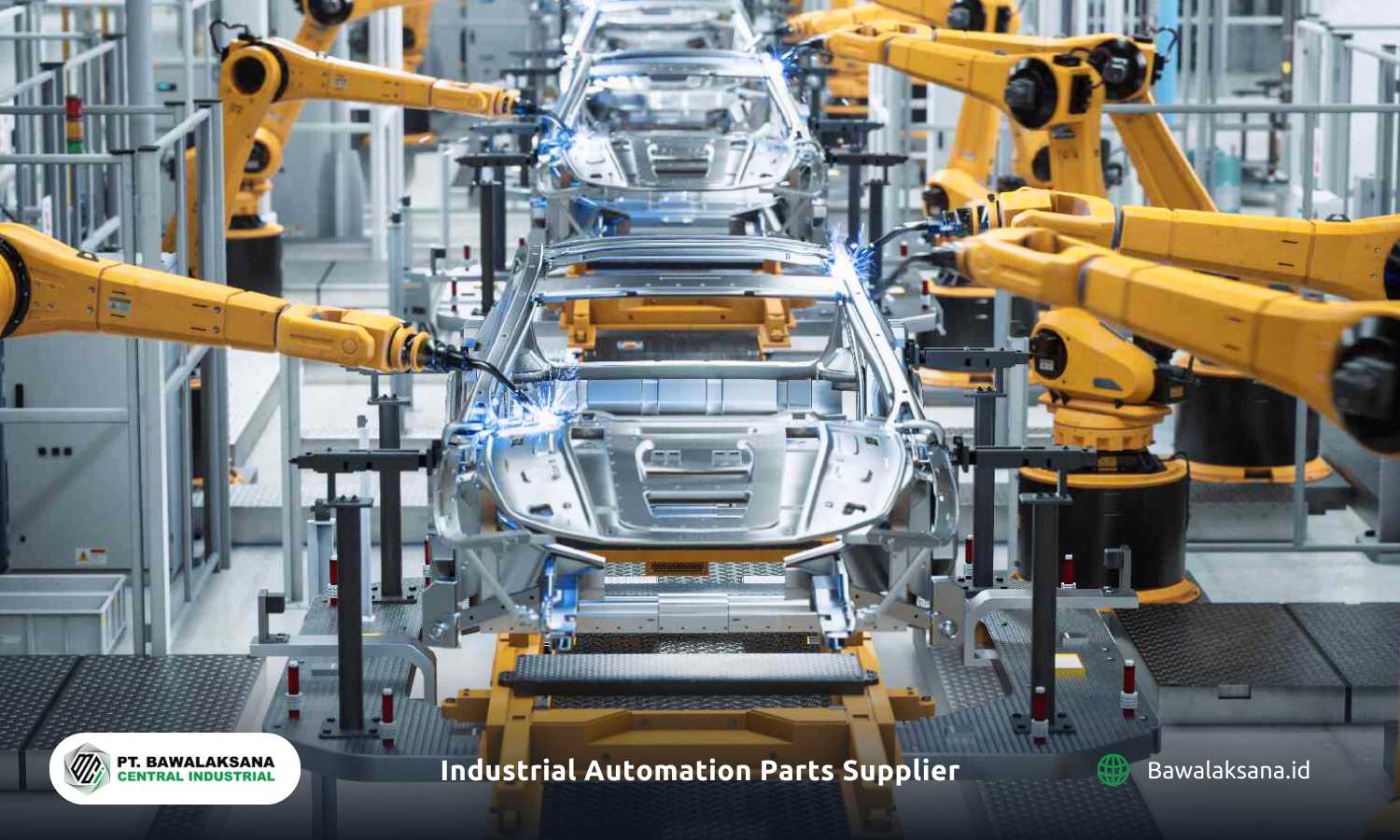
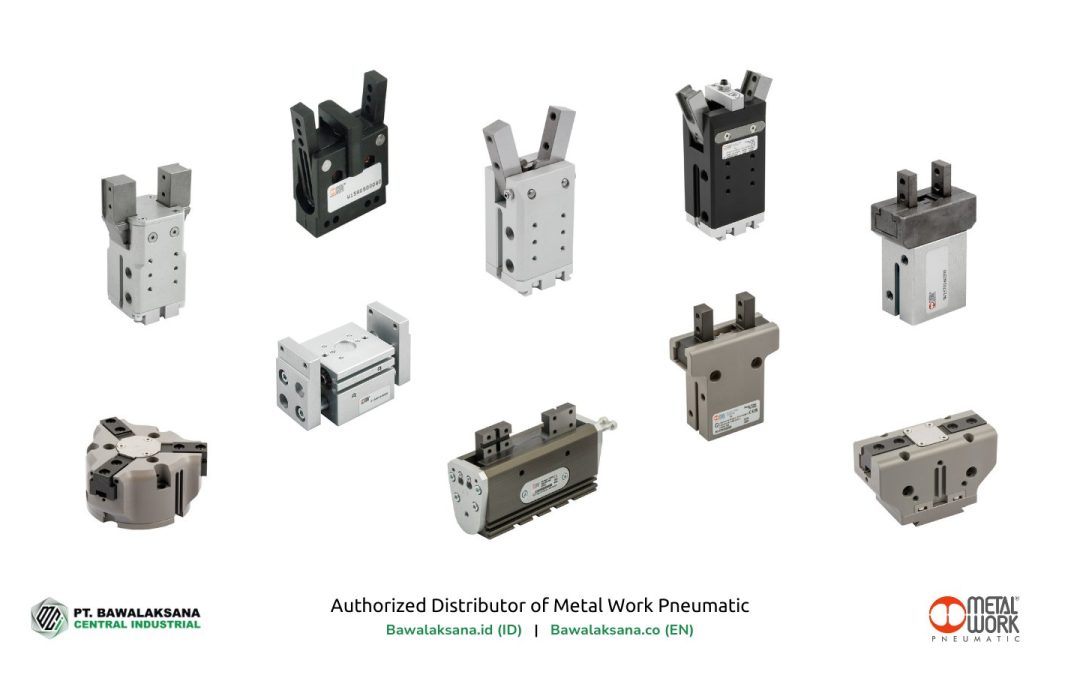
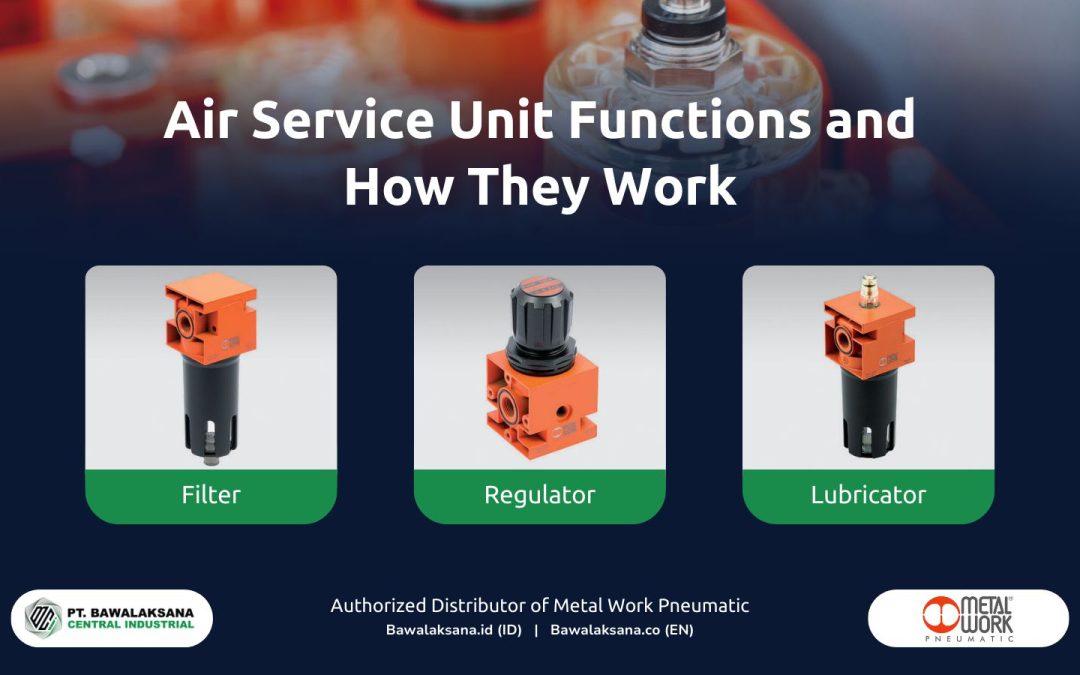
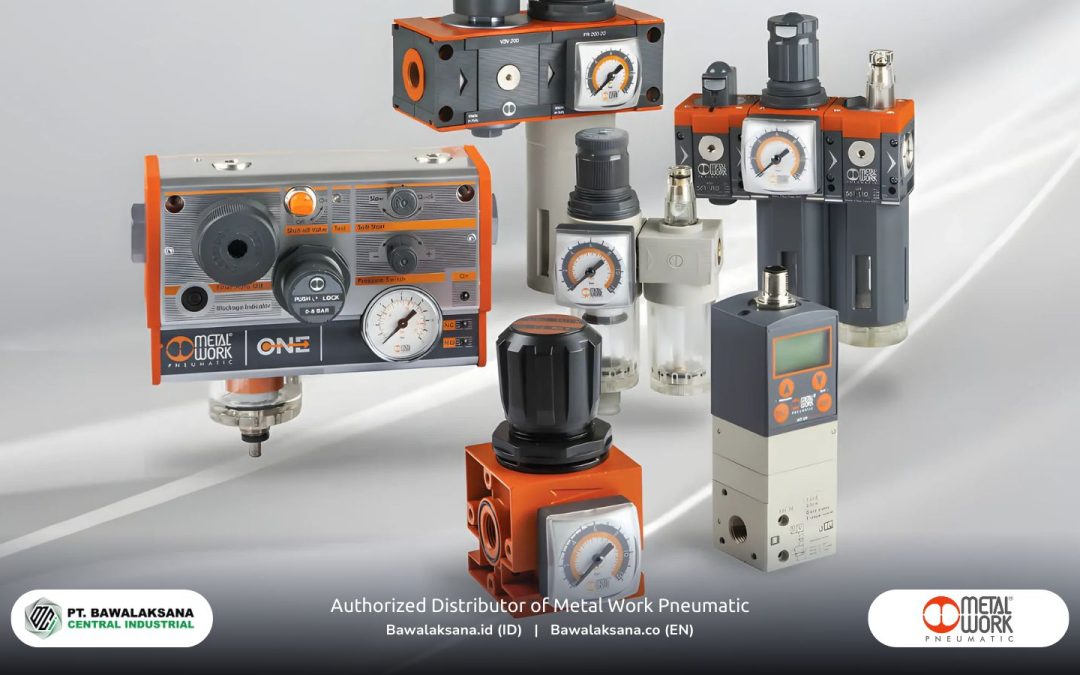
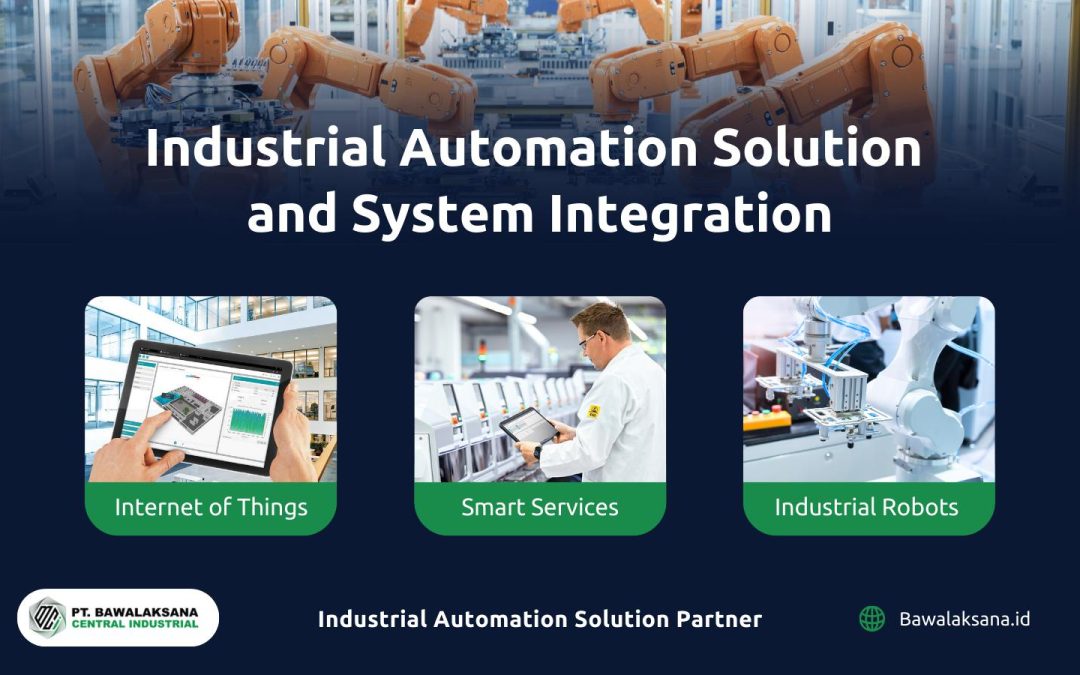
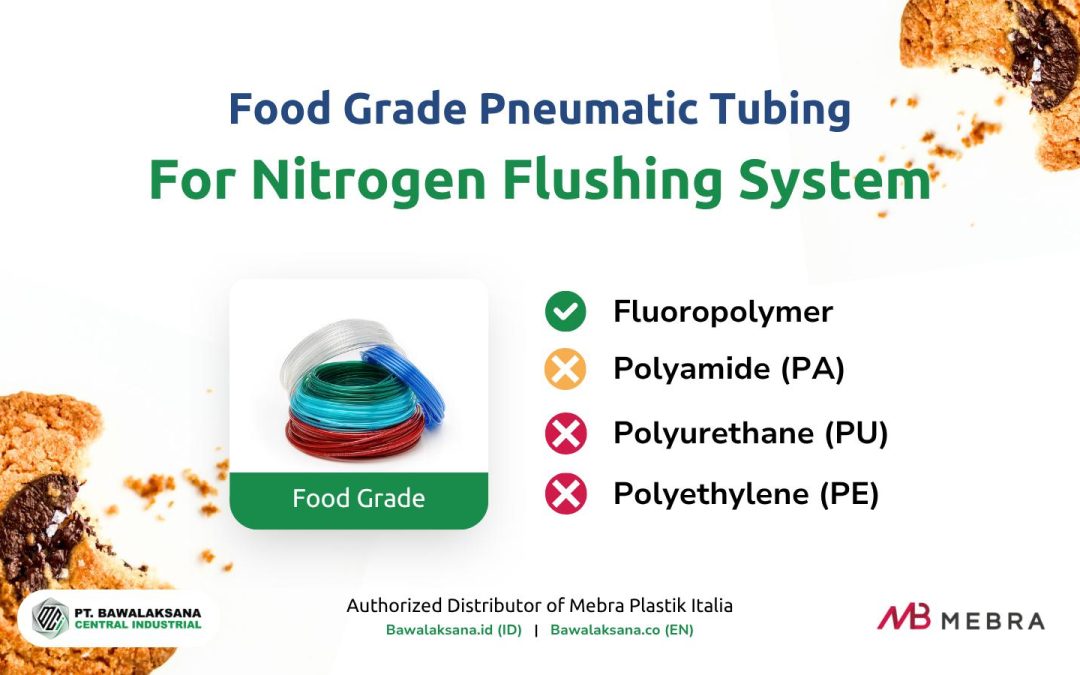
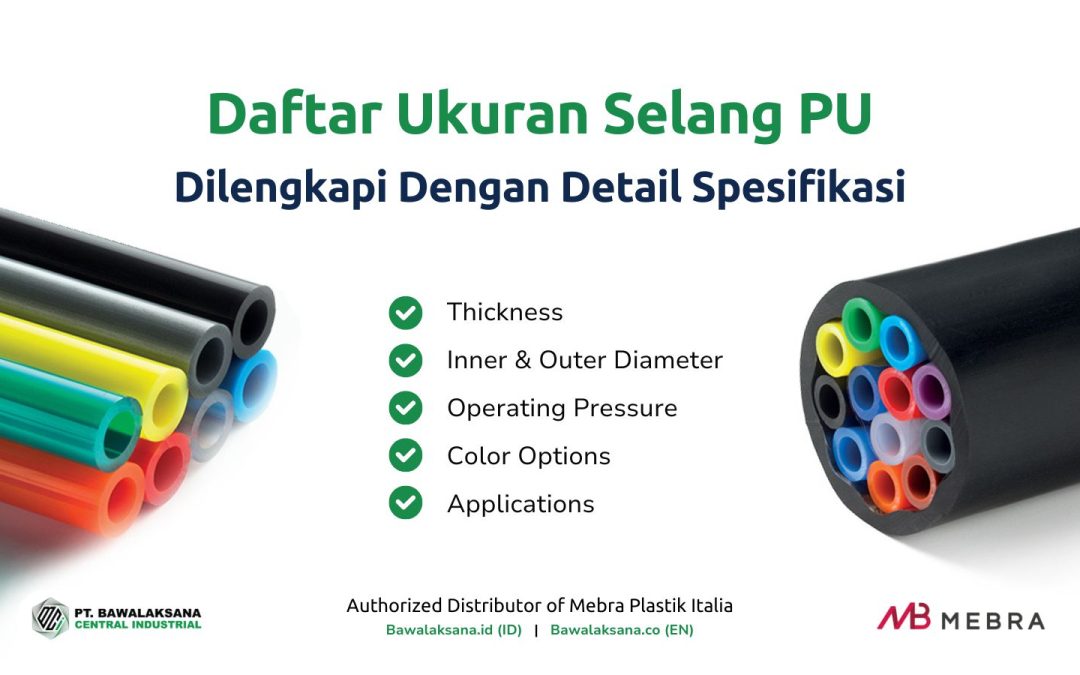
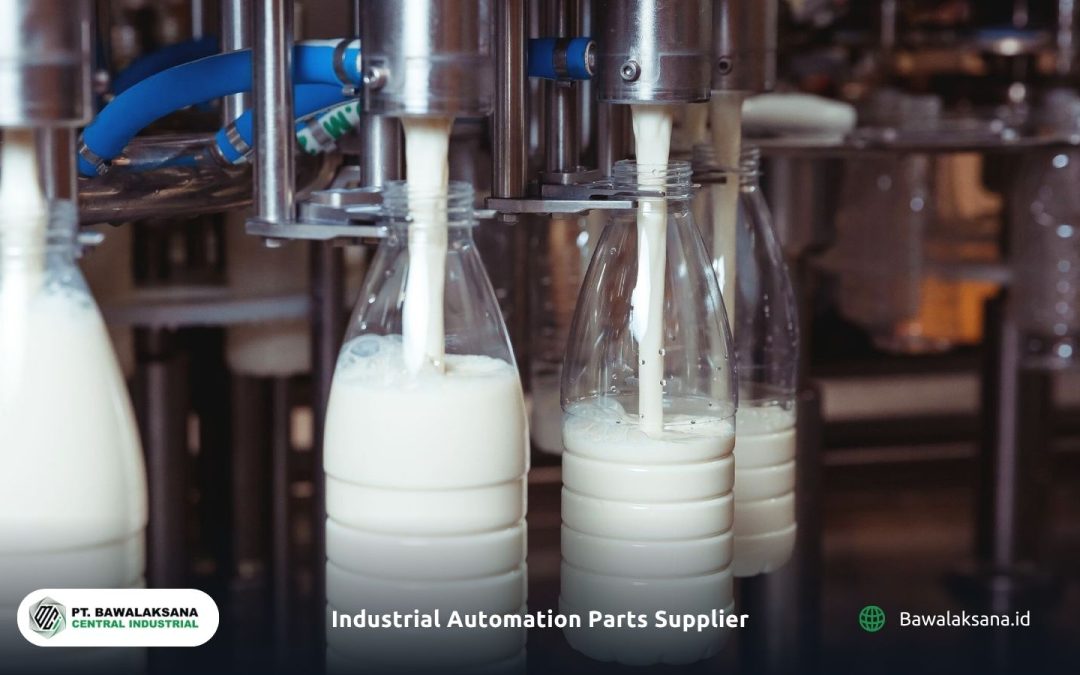
![10+ Examples of Pneumatic Tools in Daily Life and Industry [2025]](https://bawalaksana.co/wp-content/uploads/2025/05/Sandblasting-large-diameter-pipes-to-remove-surface-contaminants-1080x675.jpg)
